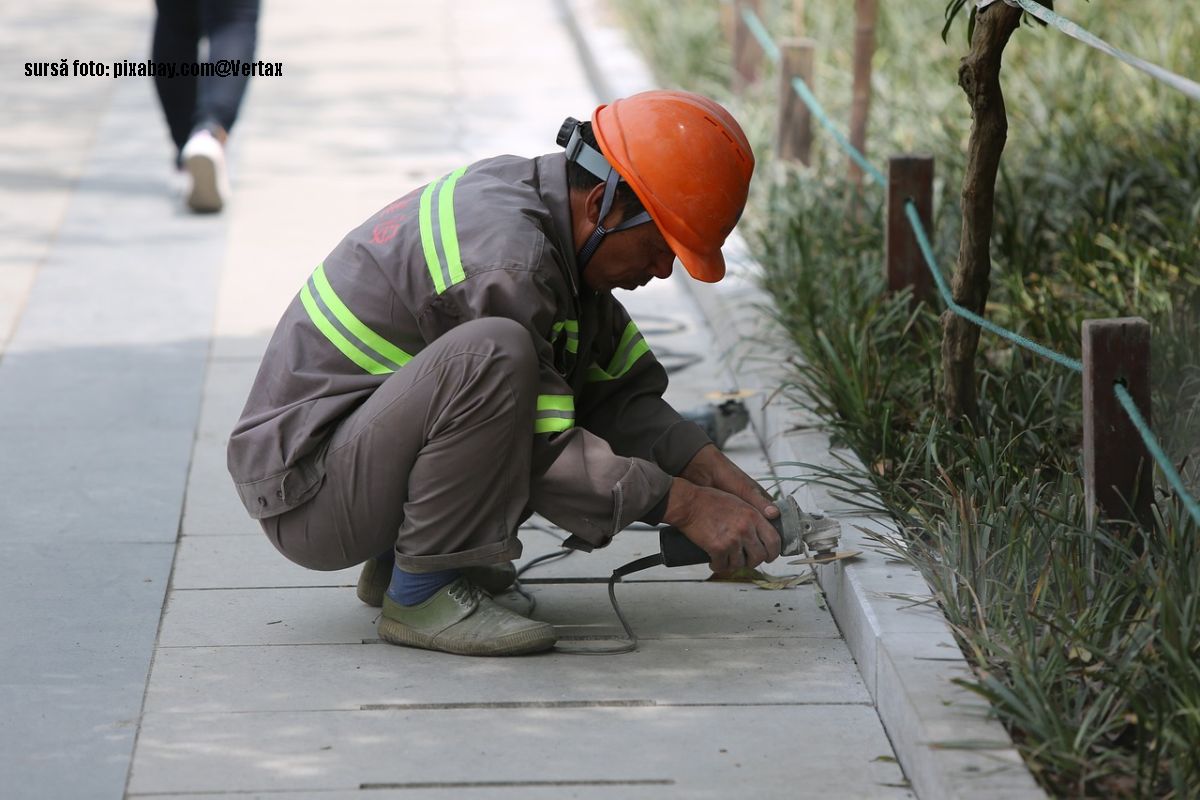Why Do We Go to Work?
The employer-employee relationship and its dynamics in today's professional world.

Eugen Nasta, 05.06.2024, 14:00
The Strategy, Leadership and Smart Development Centre affiliated to Cluj-Napoca’s Babes-Bolyai University’s Faculty of Political, Administrative and Communication Sciences has compiled a research study titled Why Do We Go to Work?
The results of the aforementioned research are remarkable; accordingly, ground-breaking changes in behavior have been identified, especially with the new generation of employees, the Z Generation. Such changes target the professional responsibilities, but also the expectations the two parties have from one another, employees and employers, in their professional dynamics.
Money is not a key criterion whenever I opt for having a job, but rather, the balance between the personal and the professional life. Also interesting are the employer’s change in attitude towards the authority, as well as the way the organization revisits the manner of leadership.
We can no longer speak about that heavy-handed leader who gives orders, as the young generation is neither persuaded, nor is it impressed by such a narrative.
In our bid to tackle such a topic, we sat down and spoke to Tudor Ticlau, Associate professor with the Faculty of Political, Administrative and Communication Sciences’ Administration and Public Management Department.
“Viewed from the perspective of the selection criteria we apply when trying to find a job, we have tested nine types of factors, listed in the order of importance they have for the employees. On top position, job security, 87% of respondents rate job security as an important or extremely important criteria. 2nd-placed on the scale is the type of work, 3rd come the career development and promotion opportunities, while 4th-placed is the work-life balance.
Interesting to note, the same criteria are in place among the students (we have also tested these projections among the students, with the specification that, for the students, job safety comes 4th, while for them, work-life balance is the most important criteria). Job opportunities and the types of work done are 2nd and 3rd-placed, respectively. Also, an important and interesting element, the salary and the benefits are 5th and 6th-placed, respectively, in other words, we can see these are not proper selection criteria.
They become important where they are underrated. At the lower end of the scale there are working from home or remote working, the organizational values and the least important (only half of the respondents think that is a criterion to be taken into account) is working with the cutting-edge technology. That also holds for the students.”
The research study also highlighted the organizations’ ability and intention to relate to people in a much more open way than that have done it so far. Professor Tudor Ticlau once again:
“Indeed, the work-life balance or the organizational wellbeing element, or, if you will, the quality of the life in the organization, that is an ever more important element. I wouldn’t say top managers and directors are not delighted, on the contrary, from what we’ve noticed, companies are extremely well connected to the change that occurs among the employees. Indeed, the criteria of the wellbeing and the work-life balance are more important for the Z Generation, and we actually believe they should be integrated into the much more comprehensive paradigm of understanding the organization-employee relationship, namely a transformation of one’s professional identity which, as we speak, is a smaller space in the personal identity as compared to other generations.
In other words, the individuals no longer identify themselves with the job. Furthermore, the job needs to be tailored to suit the employees’ needs. What is worth noticing is this delineation between the personal and the professional life, with a strong emphasis laid by the younger generation on avoiding to break the boundaries or, if you will, on complying with the boundaries. A simple example of that, once the daily programme is over, it is expected that anything will be solved the following day, whereas, speaking about personal life, elements of the professional life should not intrude in there “.
So we witness an unprecedented change in the employee-employer dynamics. For that, we need to thank the younger generation of employees. Tudor Ticlau once again.
“A change has also been noted at the level of the favorite leadership style, what comes as something obvious is the fact that the traditional approach to leadership, based on the formal authority of the leader, the executive leader who gives orders, who explains how you should go about doing things, all that no longer works in almost any circumstance. As we speak, the equation of leadership is much more complex.
First off, for a leader to be successful, no matter what company they work for, irrespective of their position, they need to have very special human qualities, mainly empathy, the ability to communicate, the ability to understand the employee’s special needs, while al that is the foundation on which the other leadership competences are built: technical competences, the ability to develop a vision, to communicate that particular vision, therefore, the competences related to the job description.
First of all, what employees want to find in the leaders they interact with is the latter’s ability to understand them as individuals, their ability to understand their needs as well as the ability to treat them on an equal footing. Actually, we have a resistance reaction to resorting to all possible types formal authority and that is so very typical for the Z Generation, not only on the job. It is a denial of traditional values. “
Perhaps many of you have wondered why organizations prefer youngsters instead of the elderly people. Explaining all that, here is Professor Tudor Ticlau once again:
“That does not necessarily come as a preference for the younger employers, but rather, a preference for a category of employees which is associated with a younger age. To be more specific, on one hand, the managers welcome employees who are willing to have lifelong learning and that somehow occurs because of the dynamics and the changes on the market, a mindset which is open to learning means an employee capable of performing in a wider range of circumstances.
Secondly, another envisaged element, the proactive attitude and the ability to manifest problem-solving autonomy. To be more specific, managers expect their employees to solve the problems they face on their own, and only when the resources and their position prevent them from solving the problem, only then they should resort to approaching the formal authority.
Thirdly, managers expect their employees to be motivated to develop and grow in the company and, by all means, you should know that companies have perfected a great many instruments and programs by means of which they try to encourage that type of attitude and behavior on the part of their employees. Eventually, both parties stand to gain, provided there is a long-term relationship and there aren’t any disconnections that may reduce work efficiency. “






























